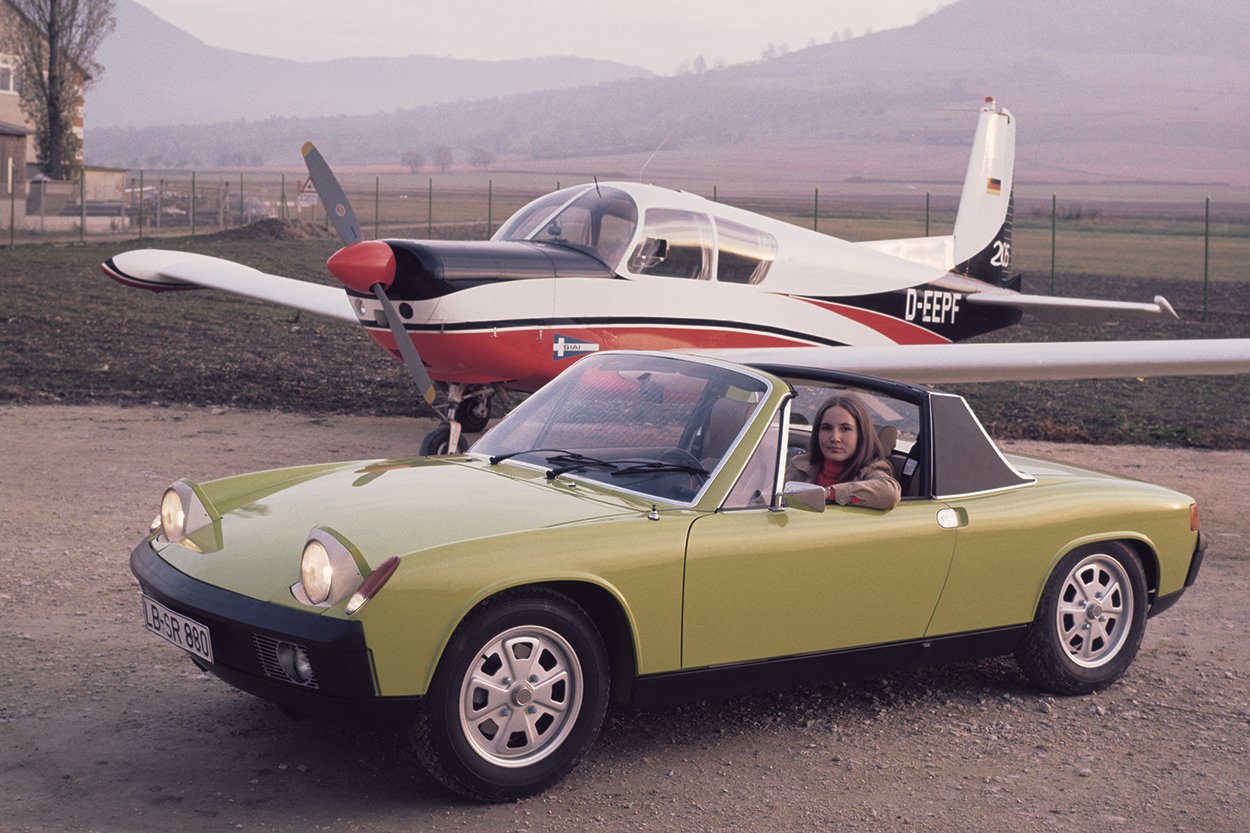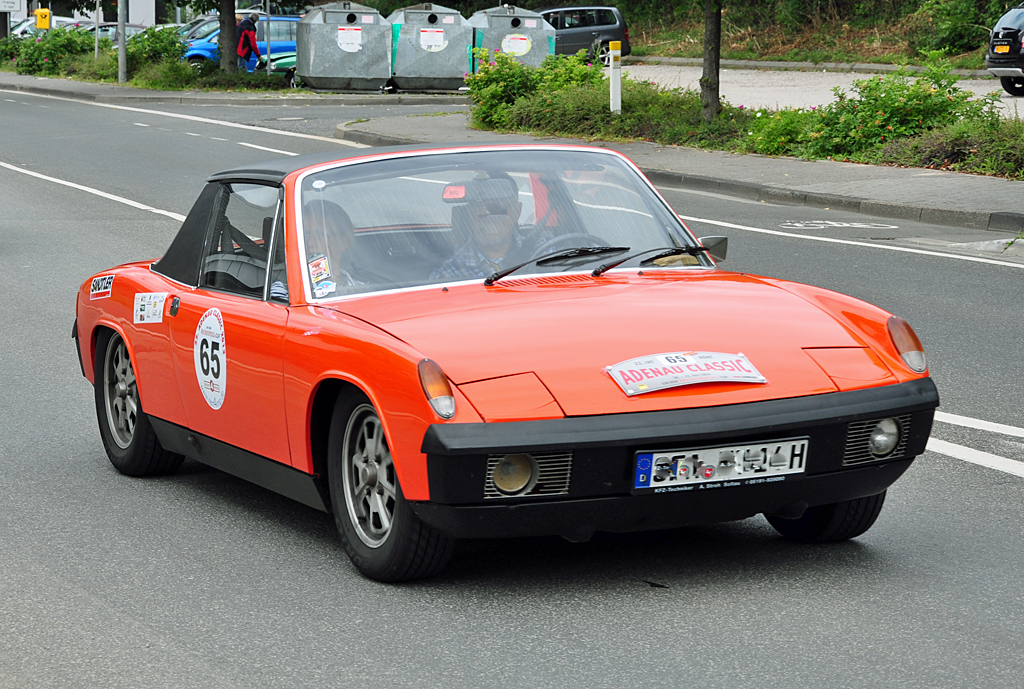The Volkswagen Porsche 914: A Classic Sports Car With Timeless Appeal
Share

The automotive world has seen many iconic vehicles, but few can claim the legacy of the Volkswagen Porsche 914. Launched in the late 1960s as a joint venture between Volkswagen and Porsche, the 914 stands out for its unique design, impressive engineering, and vibrant history. In this article, we will explore the various aspects of the Volkswagen Porsche 914, from its inception to its lasting impact on sports car enthusiasts around the globe.
A Brief History of the Volkswagen Porsche 914

The origins of the Volkswagen Porsche 914 can be traced back to the desire for a mid-engine sports car that would appeal to a broad market. In the mid-1960s, Volkswagen was looking to expand its lineup beyond practical vehicles, while Porsche aimed to create a more affordable sports car to attract younger buyers.
In 1966, the two companies collaborated to develop a product that combined the best of both worlds. The 914 debuted in 1969 and quickly gained popularity for its sleek design, innovative engineering, and competitive pricing. It was manufactured in two versions: the 914/4, equipped with a flat-four engine sourced from Volkswagen, and the more powerful 914/6, featuring a six-cylinder engine derived from the Porsche 911.
The 914 was designed by the celebrated automotive designer Ferdinand "Butzi" Porsche, grandson of the company founder. With a lightweight body, the Volkswagen Porsche 914 was ideal for both daily driving and weekend track events, making it a favorite among driving enthusiasts.
The Design and Features of the 914

The design of the Volkswagen Porsche 914 is one of its most striking characteristics. With its low-slung silhouette, retractable headlights, and removable targa top, the 914 was the embodiment of 1970s sports car aesthetics. The interior was equally functional and stylish, featuring comfortable seating, a simple yet effective instrument cluster, and a driver-focused layout.
One of the key features that set the 914 apart from its competitors was its mid-engine layout, which provided excellent balance and handling. The car's design allowed for ample trunk space, with separate compartments in both the front and rear, making it practical for longer trips.
The Volkswagen Porsche 914 also stood out for its innovative use of materials. Its body was primarily composed of steel, while the targa roof and other external components utilized lightweight fiberglass. This combination resulted in a car that was both strong and agile, contributing to its impressive performance on the road and track.
Performance and Engineering
The performance capabilities of the Volkswagen Porsche 914 played a significant role in its popularity. The 914/4 model was powered by a 1.7 L or 2.0 L flat-four engine, which delivered a respectable 80-100 horsepower. On the other hand, the 914/6 boasted a 2.0 L flat-six engine, producing up to 110 horsepower. These engines allowed the 914 to achieve impressive acceleration and handling, making it a fun car to drive.
The car featured a five-speed manual transmission, enabling drivers to optimize their gear selection for various driving conditions. Additionally, the 914's suspension was expertly engineered, with independent front and rear suspension systems that provided excellent stability and cornering capabilities.
Over the years, various iterations of the Volkswagen Porsche 914 were produced, including models with enhanced performance features such as wider tires, upgraded suspensions, and improved braking systems. This adaptability made the 914 a popular choice for both casual drivers and competitive motorsports enthusiasts.
The Impact of the 914 on Automotive Culture

The Volkswagen Porsche 914 made a significant impact on automotive culture when it was released. It helped bridge the gap between everyday driving and spirited performance, attracting a diverse audience of car enthusiasts. The combination of Volkswagen’s accessibility and Porsche’s performance pedigree created a new segment of the sports car market.
The 914 quickly became a staple in automotive events such as car shows and rallies, where it captured the attention of enthusiasts and collectors alike. As the years passed, many owners began to modify and customize the 914 to enhance its performance and appearance, giving birth to a dedicated aftermarket scene that continues today.
Today, the Volkswagen Porsche 914 enjoys a thriving community of enthusiasts who appreciate its unique design and storied history. Restoration projects and custom builds remain popular, and the car is often featured in classic car shows and motorsport events worldwide.
Conclusion
The Volkswagen Porsche 914 epitomizes the spirit of collaboration between two automotive giants. Its stunning design, innovative engineering, and impressive performance ensure that it holds a special place in automotive history. As enthusiasts continue to celebrate and restore these remarkable vehicles, the legacy of the Volkswagen Porsche 914 is bound to endure for generations to come. Whether you're a long-time fan or a new admirer, the 914 is a testament to the enduring passion for sports cars inspired by the Volkswagen and Porsche partnership.